|
The International Congress on Extremophiles 2016 is being held at Kyoto University in Japan. At this congress, individuals that study ‘extremophiles’ come together from all over the world to discuss some really fascinating biology. Extremophiles are an organisms or viruses that exist under ‘non-standard’ conditions. From discussions on astrobiology, to industrial applications, to the origins of life, Extremophiles 2016 did anything and everything to pique my curiosity.
The name of the field, of course, is inherently biased and completely based on conditions that we, as humans, anthropocentrically consider to be normal. What do I mean by this? Well consider the following:
(Remember ΔG = ΔH-TΔS? Exergonic processes are ones in which the Gibbs Free Energy (ΔG) has a negative value. This means that the temperature T * the change in entropy (ΔS) must be greater than the change in enthalpy (ΔH) for the reaction to be spontaneous. Exergonic processes are necessary to drive the reactions that sustain life. This is why things travel from a high voltage to a low voltage. This is why O2, despite its oxidative stress, is assumed to have been a primary factor behind the evolution of ‘complex’ life forms on Earth. O2 has a relatively high potential- it is a great oxidant!
The amount of voltage between the electron donor (food) and the electron acceptor (O2, in this example) can be measured as Ecell (or E°cell under standard conditions). We can write the equation another way and it might make more sense. We can say thatE°cell = RT/nF * lnK. For now, let’s ignore all the letters except ‘T’ (Temperature). Notice how higher temperature results in a higher E°cell? If we then consider that ΔG = -n*F*E°cell, we can see how a larger T, results in a larger E°cell, which results in a more negative ΔG. Thus, to me, it seems that thermophiles; or ‘extremophiles’ that live at temperatures which are anthropocentrically considered ‘high’, have a distinct thermodynamic advantage over things which live at comparably lower temperatures, ie: humans (mesophiles live around room temperature and psychrophiles thrive at low temperature). Thus, developing systems which can utilize oxidants like O2 became an evolutionary necessity for life to develop more complex systems in relatively cold climates. And thus, ‘extremophile’ is a thermodynamically proven anthropocentrically biased term. And, let me make an even stronger statement- in this context, humans are thermodynamic extremophiles! [as my 2015 Las Vegas 1/2 marathon bib can attest])
Understanding extremophiles is important because they often contain enzymes that are extremely useful for commercial purposes (a $2 billion dollar global market in 2004 with a 4-5% annual growth rate). For example:
Also, understanding extremophiles may offer us insights into the first forms of life on Earth. Although some very intelligent scientists (Patrick Forterre and Manolo Gouy) at Extremophiles 2016 disagree, many believe that thermophiles were the first form of life on planet Earth. A little excerpt from the first chapter my dissertation titled “Thermophilic Microbial Electrochemical Cells”:
“Thermophiles are microorganisms that belong to a specific class of extremophiles that survive and operate at temperatures that are anthropocentrically considered outside the realm of ‘normal’, or mesophilic, conditions. Thermophiles include two distinct classifications: thermophile- microorganisms that prefer a temperature range of 50-80°C- and hyperthermophile- microorganisms that prefer a temperature range of 80-125°C (Kashefi and Lovley 2003, Seckbach 2004). Some of the first microorganisms to thrive on earth were [likely] chemoautotrophic thermophiles that lived underwater near hydrothermal vents and thus were in areas protected from UV radiation that contained plentiful amounts of dissolved minerals (Seckbach 2006). Positioned close to the root of the Bacteria kingdom on the tree of life (Ciccarelli 2006, Seckbach 2006), thermophiles may provide a glimpse into some of the earliest forms of dissimilatory metal reduction on Earth.
Thermophiles exist across several kingdoms and include everything from insects, to eukaryotic algae and fungi, to archaea and bacteria. Most thermophilic bacteria thrive at temperatures ranging from 55-<100°C and tend to persist in warm water, hot springs, hot geysers, and hydrothermal vents (Niu 2009, Onyenwoke 2007, Seckbach 2006, Slepova 2009, Slobodkin 2006, Sokolava 2005, Zavarzina 2007). Many thermophilic bacterial species thrive under anoxic or even anaerobic conditions and are chemotrophs: using oxidized minerals including SO4-, Fe(III) oxides, NO3-, and Mn(IV) as their terminal electron acceptors (Nealson and Conrad 1999, Knoll 2003). In addition, thermophiles produce thermostable enzymes (thermozymes), giving them higher metabolic rates [and have a large amount of industrial applications]… (Mathis 2008, Liu 2008, Parameswaran 2013).
…thermophiles and other extremophiles would have been the best adapted organisms for early Earth conditions; thus, by investigating metal reducing thermophilic bacteria from the Firmicutes phylum in the Clostridia class, we may be catching a glimpse into some of the earliest mechanisms for electron transfer to insoluble metals, and perhaps the process of respiration (Ciccarelli 2006, Puigbo 2009). Figure 1.4 shows that the firmicutes phylum was one of the first major phyla to split from the last universal bacteria ancestor (represented by the black circle), indicating that extracellular electron transport (EET) mechanisms in other bacteria… may not have the same evolutionary lineage.
[In addition, a]n increase in optimal growth temperature affects the amino acid sequence of almost every protein within the thermophilic proteome and has a large impact on the guanine and cytosine (GC) content of the bacterial RNA, suggesting that the proteins and protein structures involved in thermophilic EET may be different than those present in mesophilic [metal reducing bacteria] (Hurst 2001, Puigbo 2009). Although it is possible that alllong range [E]ET is the result of a single divergent evolutionary model or from horizontal gene transfer (HGT), it may be the case that long range [E]ET in [mesophilic] bacteria is the result of convergent evolution -an independent evolutionary process resulting in a similar outcome- leading to homoplasy. [This seems likely c]onsidering that prokaryotes have been around for 3.5 billion years and survived for ~1 billion years before oxygen...
Figure 1.4: Phylogenetic tree created using iTOL 1.0. Tree shows phylogenetic lineage from theLast Universal Common Ancestor (LUCA) between Bacteria, Archaea, and Eukaryota. Black dot is last common ancestor between the Firmicutes phylum and all other bacteria phyla (Ciccarelli 2006, Letunic 2007). Figure reveals that Firmicutes are not the ancestors of the Gram-negative bacteria used to establish much of the literature regarding EET in the field of microbial electrochemical technology.”
Bradley Lusk Thermophilic Microbial Electrochemical Cells (2015)
Let’s see what some of the presenters at the congress had to talk about below:
Patrick Forterre, Institut Pasteur/Institut de Biologie Intégrative de la cellule, France
Hyperthermophiles and the Universal Tree of Life – argued that genetic evidence suggests a mesophilic origin of life which quickly adapted to thermophilic conditions. He has written a book about thermophiles titled, Microbes from Hell.
Karl O. Stetter, University of Regensburg, Germany
Cultivation of Unexpected and "Unculturable" Extremophiles - Facts and Ideas – talked about the trial and tribulations of “culturing the unculturable”, including some of his pioneering work discovering thermophiles that live at temperatures in excess of 100°C. (That’s not a typo- at higher pressures, water does not boil at 100°C.)
David Prangishvili, Institut Pasteur, France
How to Survive in Hell: Lessons from Viruses – gave examples of eleven unique viral lineages with fundamentally unique structures/ morphologies.
Robert M. Kelly, North Carolina State University, USA
The Biology and Biotechnology of Extremely Thermoacidophilic Archaea: Recent Progress – looking at mobilizing metals, including copper, from metal oxidizing microbes
Akihiko Yamagishi, Tokyo University of Pharmacy and Life Sciences, Japan
The Japanese Activities in Astrobiology and the Tanpopo Project: Micrometeorite and Microbe Capture and Exposure Experiment on International Space Station – gave a brief history of astrobiology and outlined some of the factors we should take into account when searching to extraterrestrial life. More specifically, he clearly laid out guidelines for where we can expect life on other celestial bodies given the very diverse set of conditions under which life can thrive and evolve on Earth.
Peter R. Girguis, Harvard University, USA (remember him from ASM Microbe 2016?)
The Shocking, and Not-So-Shocking, News about Iron-Oxidizing Bacteria – gave an overview of his work with photoferrotrophic (use sunlight to fix CO2 while receiving their electrons from metals) organisms including R. palustris TIE-1.
Roderick I. Mackie, University of Illinois, USA
Assembly of Biocatalysts from Caldicellulosiruptor bescii to Unlock the Energy Stored in Bioenergy Feedstock – using a cellulosic bacterium to degrade cellulose for ethanol fuel production.
Janet Westpheling, University of Georgia, USA
Direct Conversion of Plant Biomass to Fuels and Chemicals by the HyperthermophilicAnaerobe Caldicellulosiruptor bescii – I think you get the idea. This organism has been a hot topic in the field for the last five or so years.
Anna P. Florentino, Wageningen University, Wageningen, Netherlands
Sulfur Reduction at Low pH: From Environment to Application – Looking for sulfur reducing microorganisms that function under acidic conditions. My conjecture- may potentially have application in microbial electrochemical cell as acidophilic anode respiring bacteria.
Bradley G. Lusk, ScienceTheEarth, USA
pH Shifts in the Anode Potential Response from Thermincola ferriacetica Suggest the Presence of a Rate Limiting Proton-Coupled Electron Transfer Protein
Highlights from the poster session:
To end, I’ll share some pictures of some of the friends I met at Extremophiles 2016. We went to some restaurants, attended a banquet dinner, many of them had poster presentations, etc… Check out the pictures and descriptions below!
Listen to the beautiful songs to which the Maiko (apprentice Geishas) performed during the reception:
Anais and I decided to skip the closing ceremony to check out Arashiyama Mountain and the bamboo forest.
In loving memory of Koki Horikoshi
0 Comments
Leave a Reply. |
Science /ˈsīəns/
|

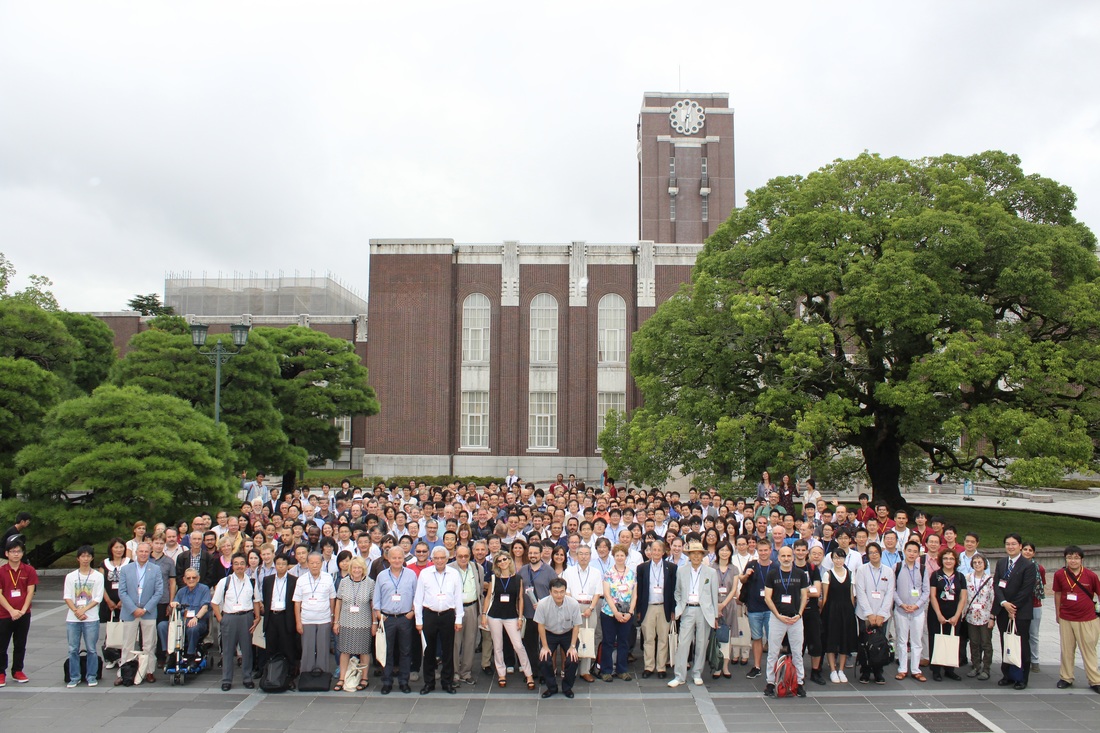
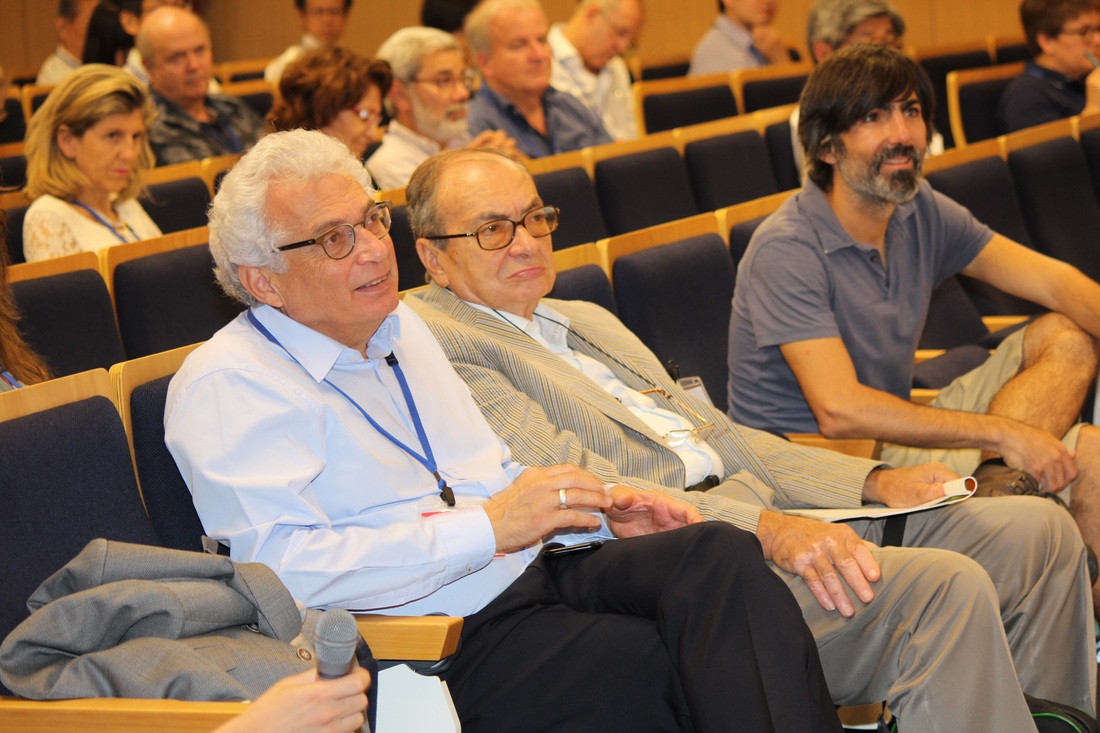
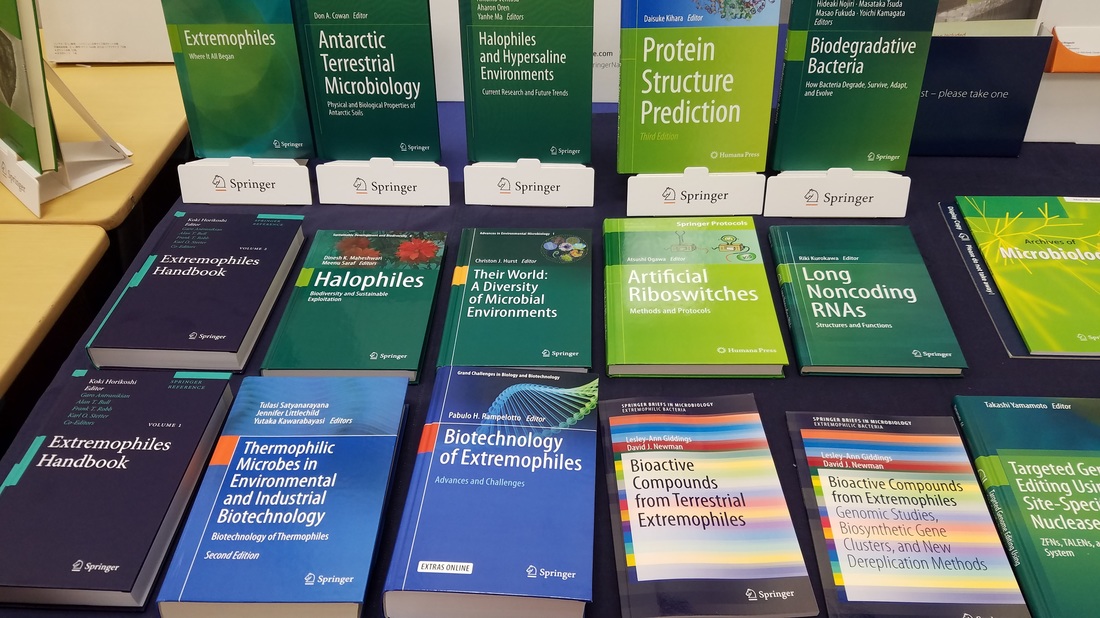
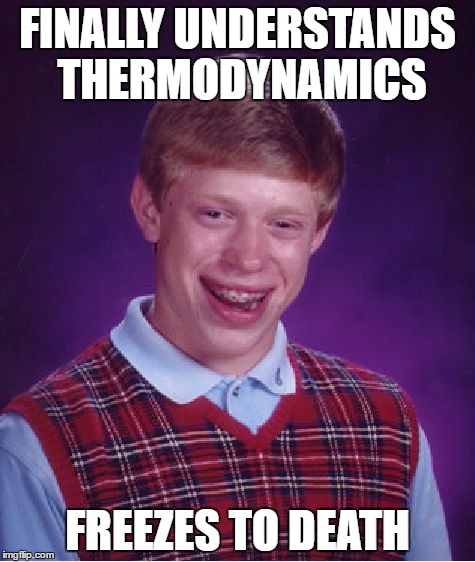
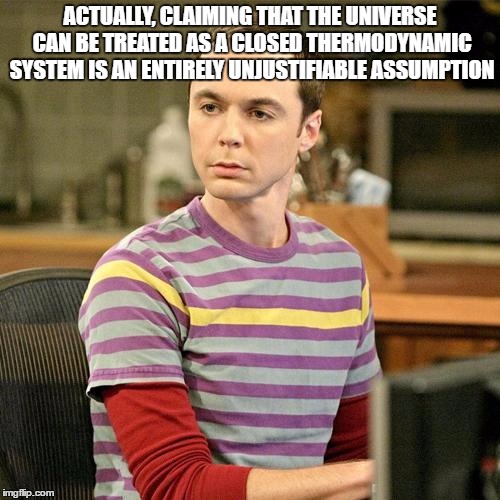
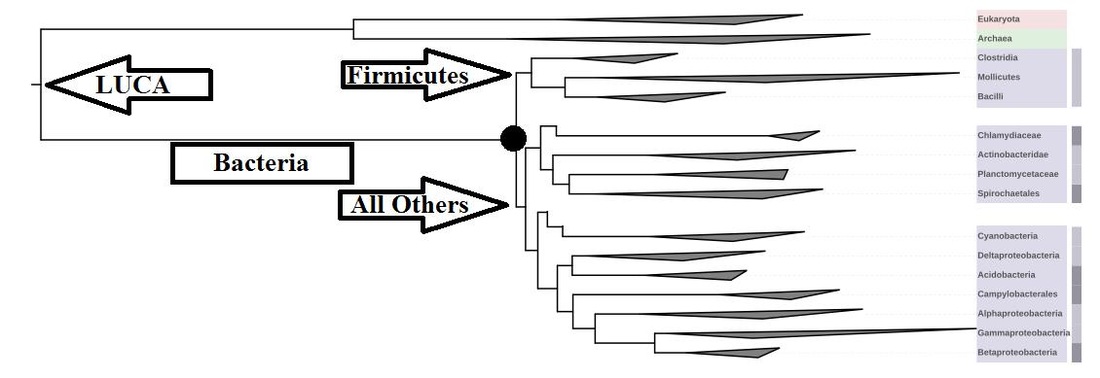
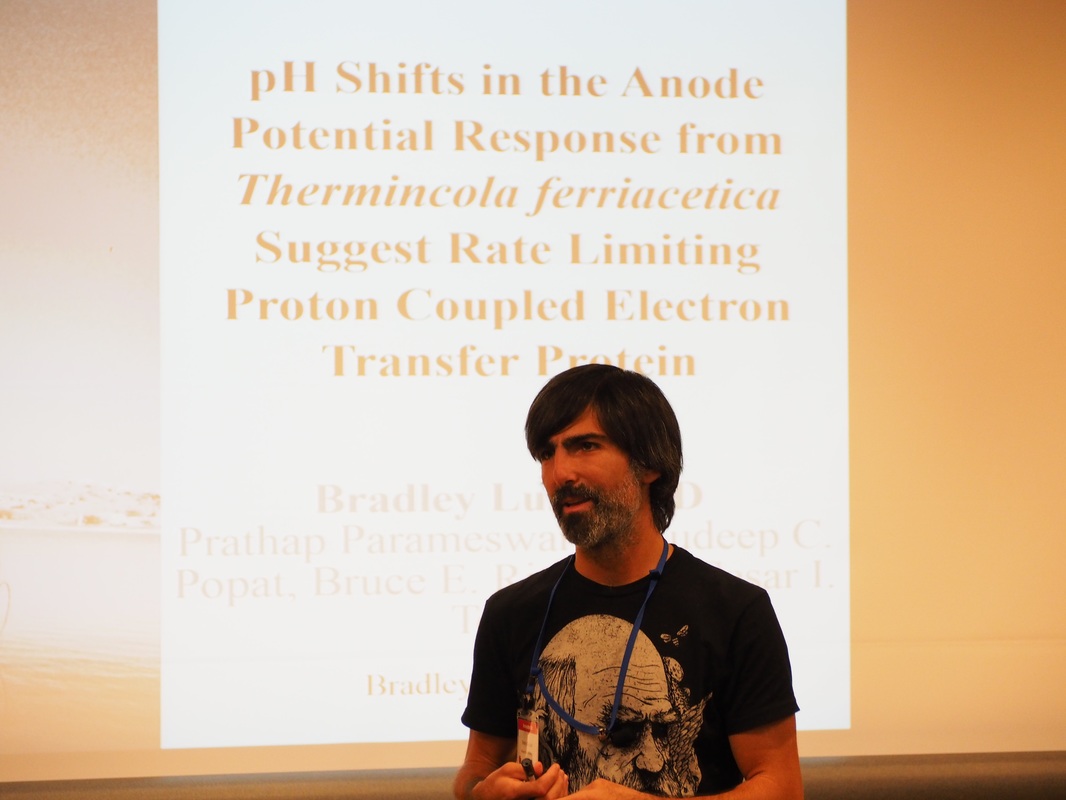
 RSS Feed
RSS Feed